3-Axis CNC Machining
At V&S Engineering, we specialize in precision 3-axis machining, offering reliable and cost-effective solutions for a wide range of industries. This core machining technology enables the creation of intricate parts with exceptional accuracy, making it an essential tool in sectors such as aerospace, automotive, and medical.
Introduction to 3-Axis Machining
3-axis machining involves the movement of a cutting tool along three different axes (X, Y, and Z). This versatility allows for precise manufacturing of complex components, ensuring high-quality results across various applications.
Benefits of 3-Axis Machining
Key advantages include:
- Cost-Effectiveness: Simpler setups and lower machinery costs provide a solid return on investment.
- Efficiency: Reduced scrap and rework lead to streamlined operations and better resource utilization.
- Versatility: Suitable for various production needs, from prototypes to full-scale manufacturing.
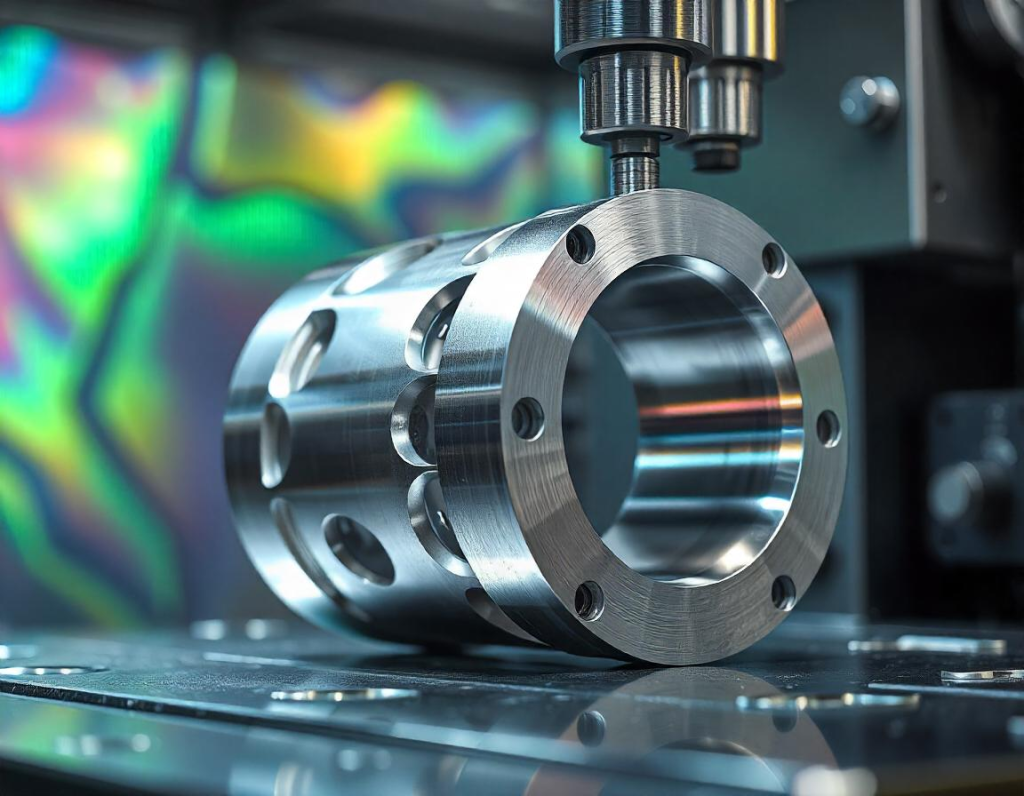
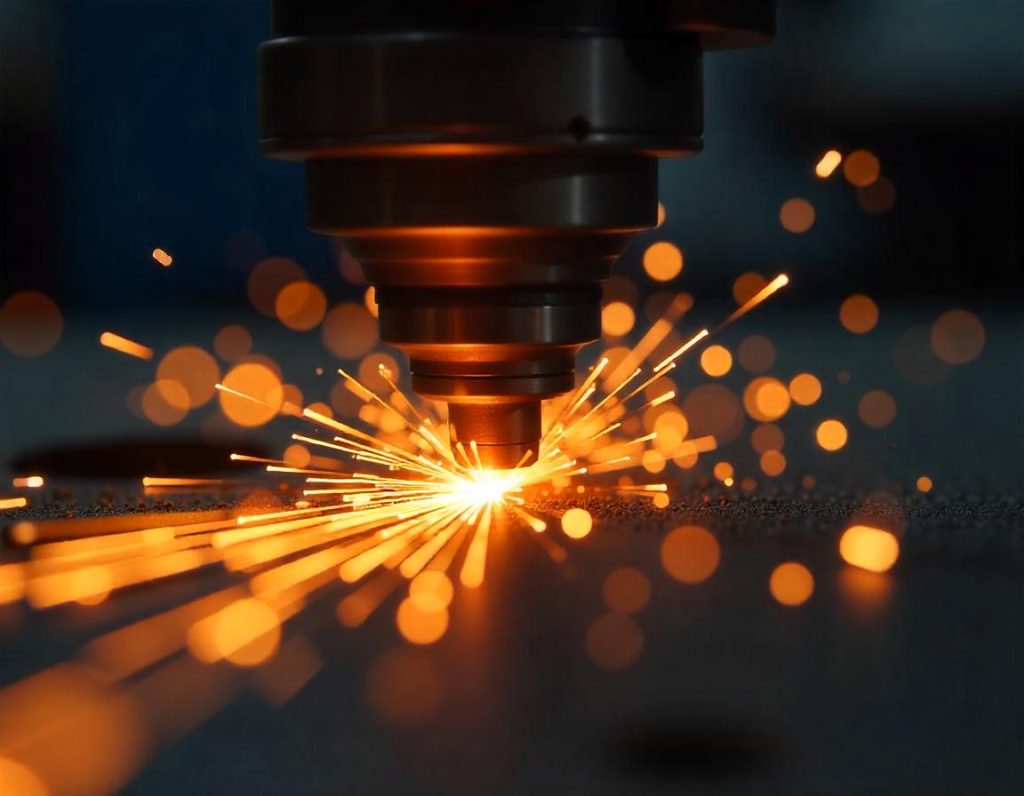
Overview of the 3-Axis Machining Process
The process includes:
- Design Phase: Utilizing CAD software to model the desired part.
- Programming: CNC machines interpret the design and guide the cutting tools.
Production: The workpiece is milled, cut, or drilled to produce the final component.
Common Applications of 3-Axis Machining
3-axis machining is ideal for producing:
- Brackets and housings
- Engine components
- Prototypes and low-volume production runs
Its adaptability allows for quick design modifications and adjustments.
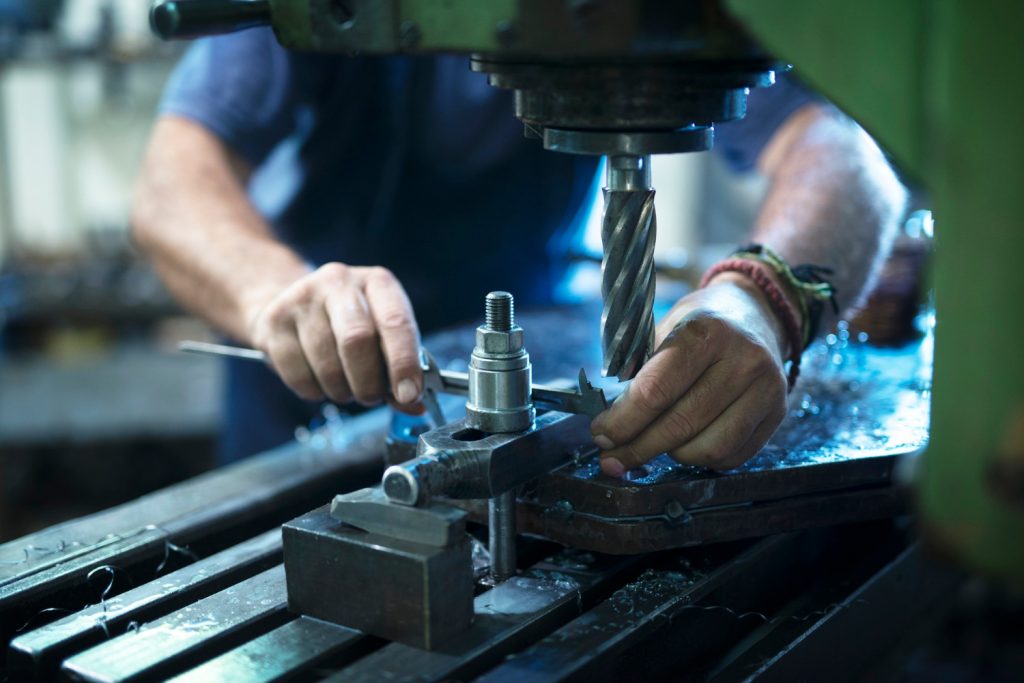
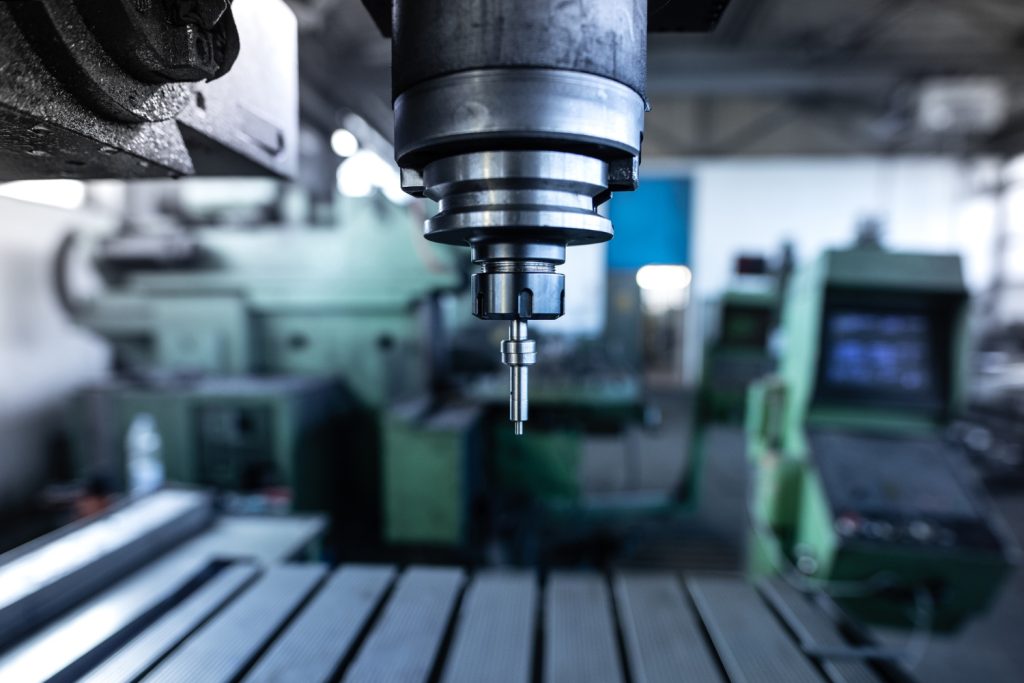
Materials Suitable for 3-Axis Machining
Compatible materials include:
- Metals: Aluminum, steel, brass
- Plastics: ABS, nylon, acrylic
- Composites: Carbon fiber, fiberglass
Material selection is based on the final product’s strength, weight, and durability requirements.
Comparing 3-Axis to 5-Axis Machining
While 3-axis machining covers many applications, 5-axis machining provides enhanced capabilities for complex geometries and contoured surfaces. The decision between the two depends on project complexity and cost considerations.
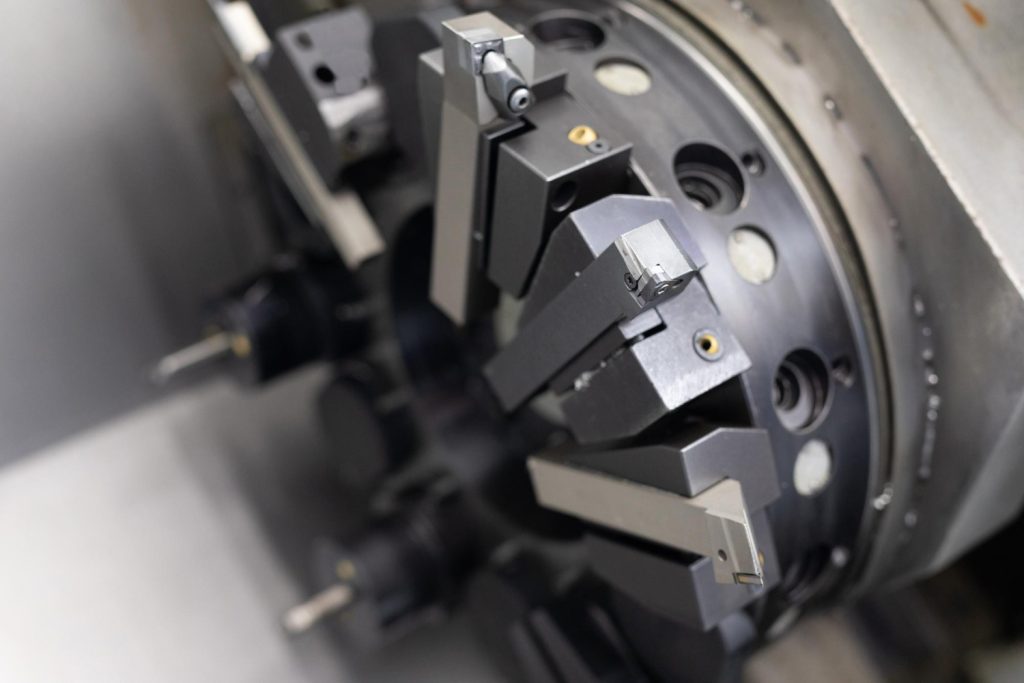
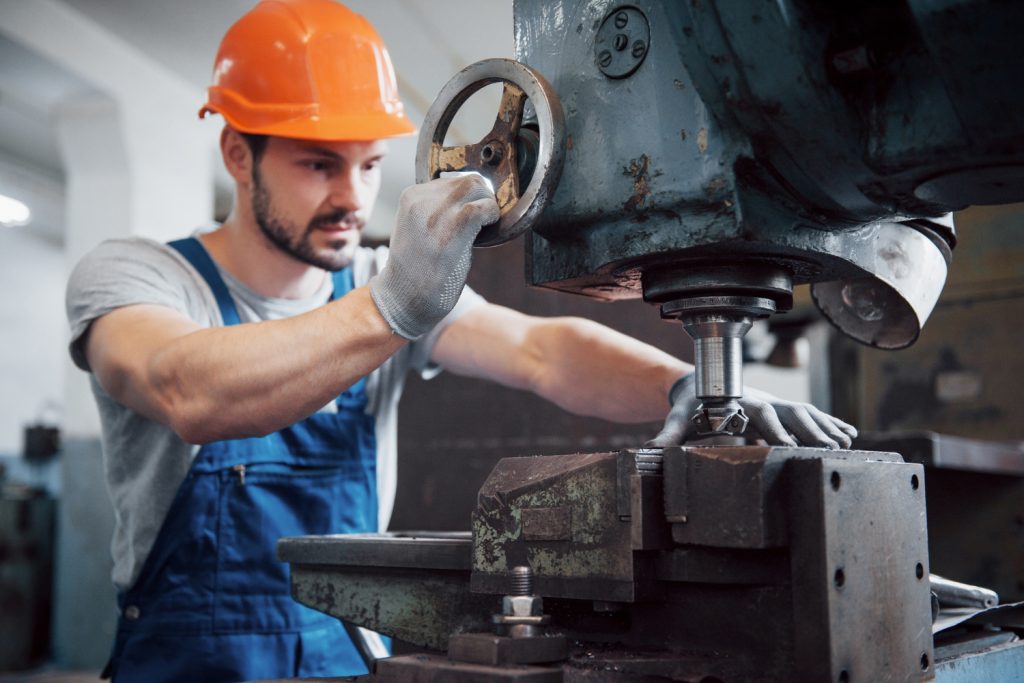
Choosing the Right Equipment
Selecting the right machine involves evaluating:
- Size and capacity
- Speed and precision
- Compatibility with specific project needs
Matching the right equipment to the task ensures optimal performance and accuracy.
Maintenance Tips for 3-Axis Machining
To maximize machine longevity and performance:
- Regular cleaning and lubrication
- Routine inspection of key components
- Timely replacement of worn-out parts

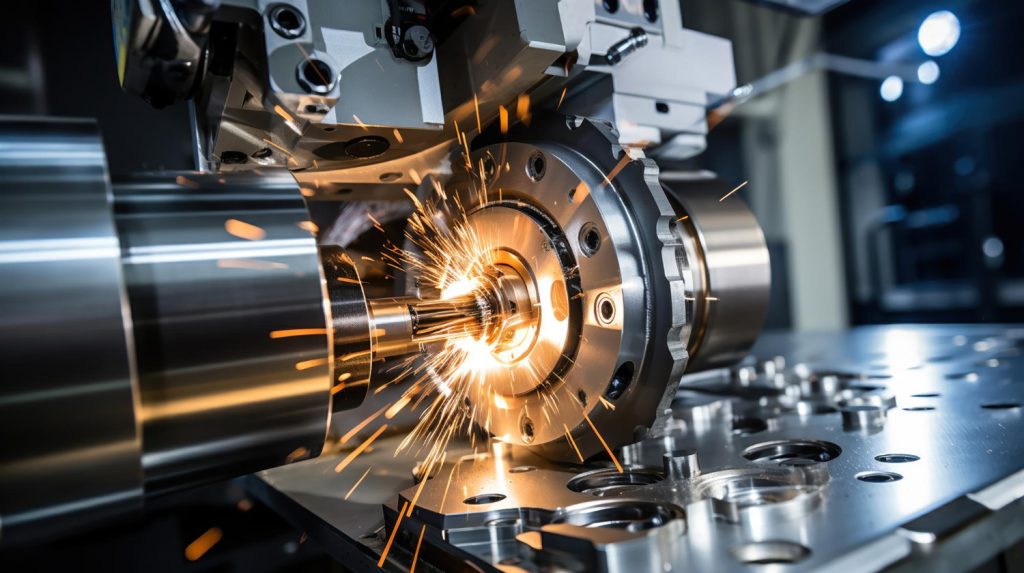
Future Trends in 3-Axis Machining
Emerging technologies such as automation and AI integration are revolutionizing 3-axis machining, improving precision, efficiency, and adaptability for future manufacturing needs.
Conclusion and Next Steps
As industries evolve, the demand for precision 3-axis machining continues to grow. Embracing this technology is essential for companies looking to enhance their manufacturing capabilities.
Contact us today to learn how V&S Engineering can meet your machining needs with precision and excellence.



